Human Trafficking Trends in 2020
In a year when everything from crime to commerce saw dramatic shifts, reports of human trafficking were most notable in 2020 for their consistency. Or, to put it another way, human trafficking appears to be pandemic-proof. That is one of three major categories of findings in Polaris’s analysis of data gathered over the calendar year 2020 from the U.S. National Human Trafficking Hotline.
Number of trafficking situations and victims identified

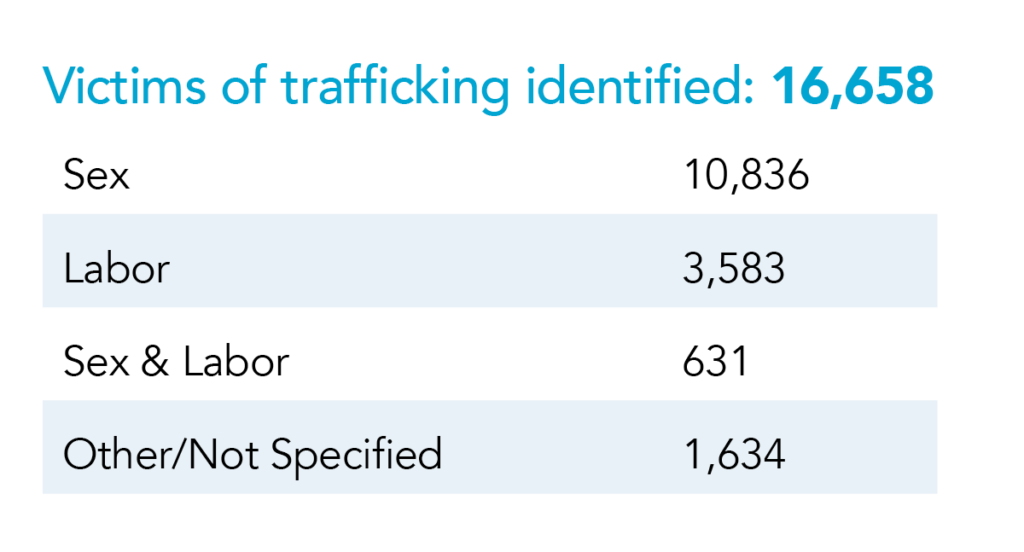
Top types as identified in Typology of Modern Slavery

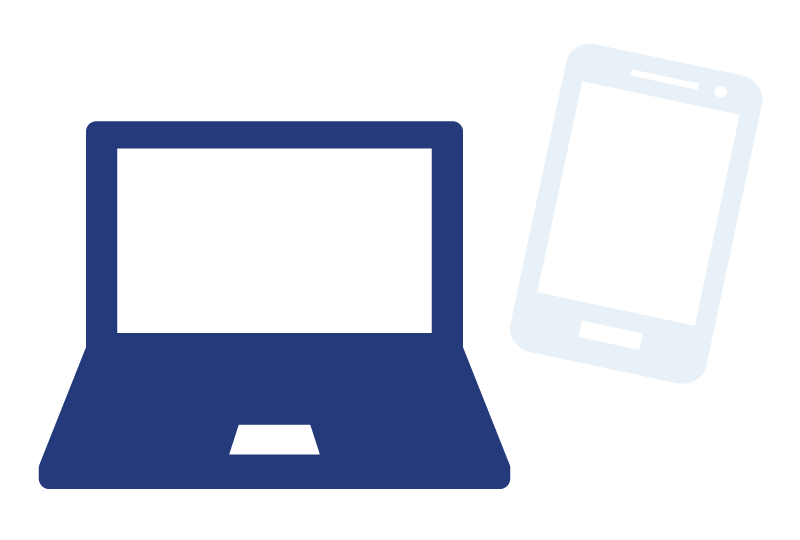
Online recruitment increased a significant 22%. During the lockdowns, as the proportion of victims from common recruitment sites such as strip clubs (-46%), foster homes (-70%) and schools (-38%) went down drastically, the internet was reported as the top recruitment location for all forms of trafficking.

Most notably, the analysis found a significant increase in the proportion of potential victims for whom Facebook and Instagram were the sites for recruitment into trafficking (120%). There was a 125% increase in reports of recruitment on Facebook over the previous year and a 95% increase on Instagram.
Recruitment by family members and intimate partners was highly reported for all forms of trafficking. While this is the case year over year, it was particularly pronounced in 2020.

In 2020, among all forms of trafficking whose recruitment relationships were known (4,142), the proportion of victims recruited by a family member or caregiver increased significantly – from 21% of all victims in 2019 to 31% in 2020 – a 47% increase.
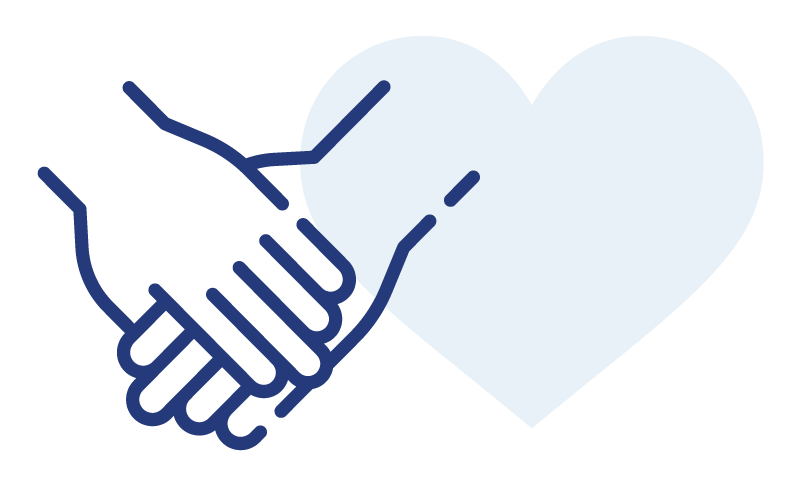
In addition, the proportion recruited by intimate partners jumped 21% – from 22% in 2019 to 27% in 2020.
Recruitment by family members and intimate partners was particularly noteworthy in sex trafficking situations. In 2020, situations of sex trafficking or sex and labor trafficking combined, of the 2,448 victims whose recruitment was known:
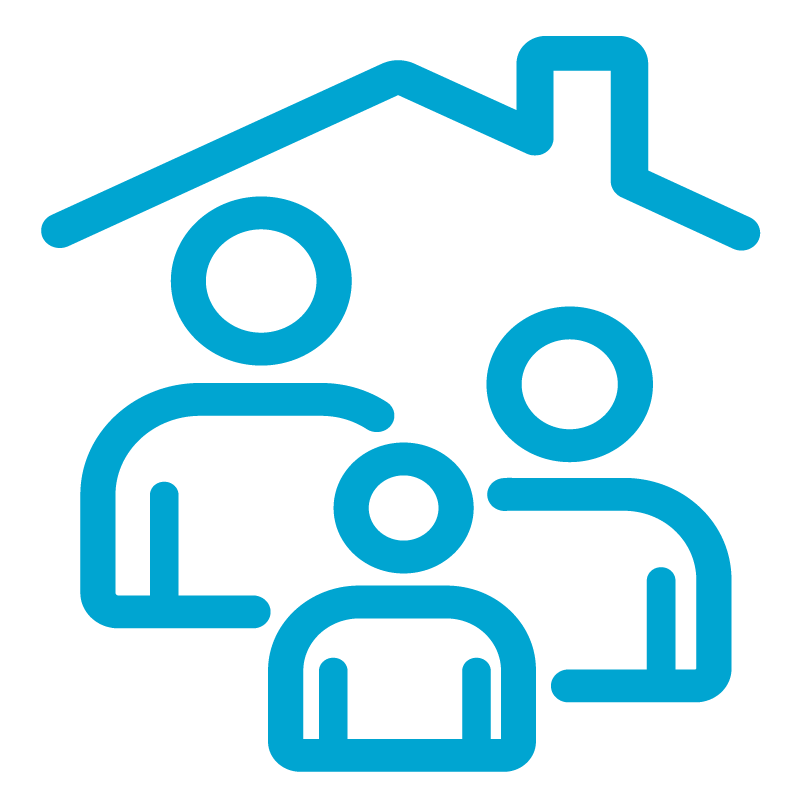
42% were brought into trafficking by a member of their own families.

39% were recruited via an intimate partner or a marriage proposition.
In labor trafficking situations, by contrast, of the 1,572 victims whose recruitment was known:
- 69% were recruited by a potential or current employer.
- 15% were recruited into trafficking by a member of their own family.
- 5% by an intimate partner or marriage proposition.
Friends and family who know something about the victim and the situations are also the most likely to be the way they are connected to help.
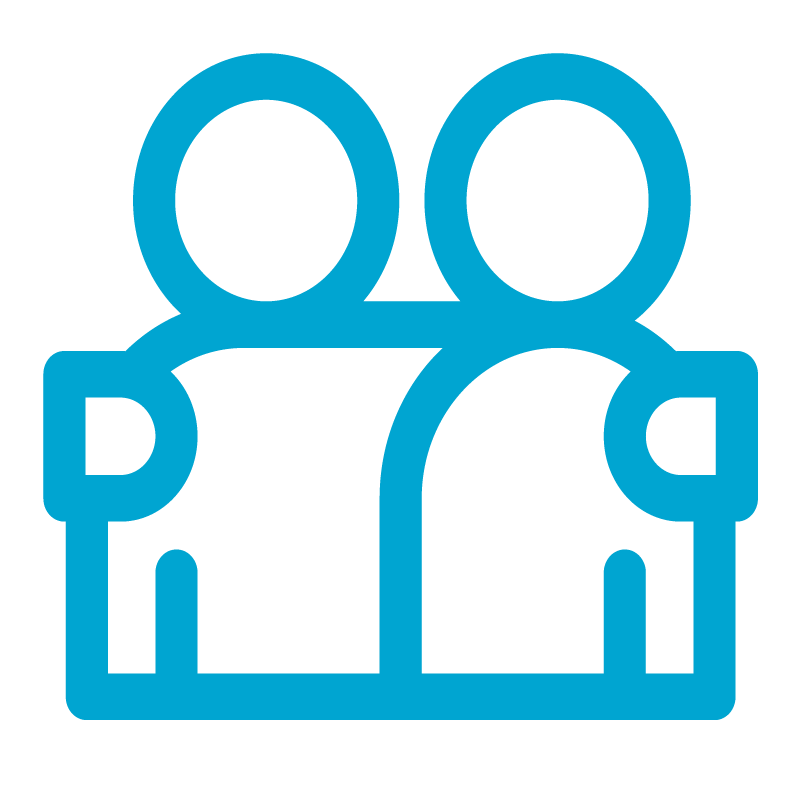
Interaction with friends and family has been the top reported access point from 2018 – 2020. In 2020, friends and family were the access point for help for 40% of identified victims (4,098).
This is the case with all types of trafficking and suggests the importance of people with proximity to victims and context in identifying and supporting survivors.
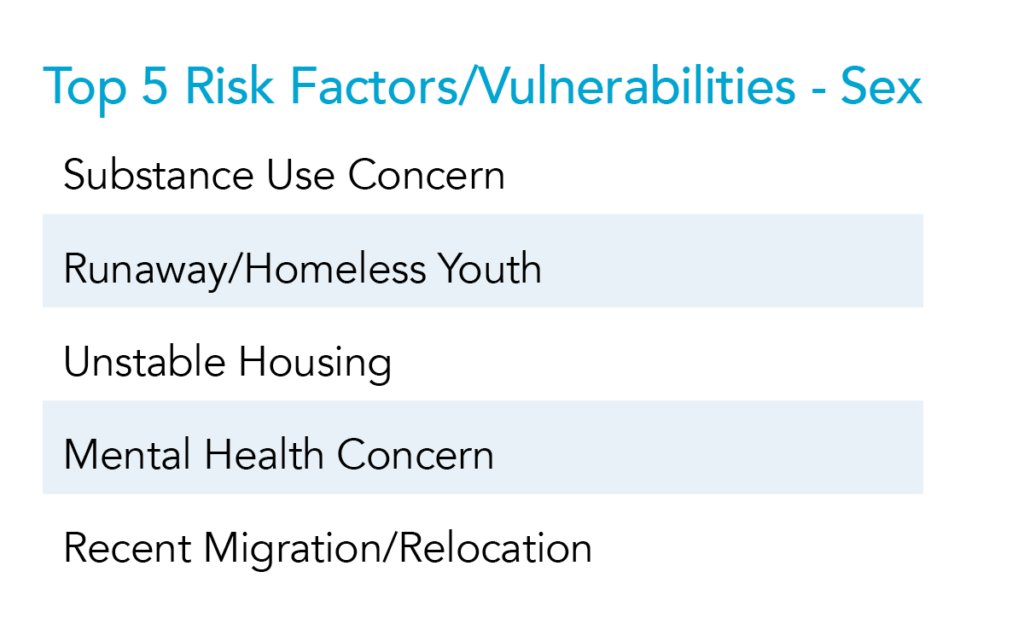
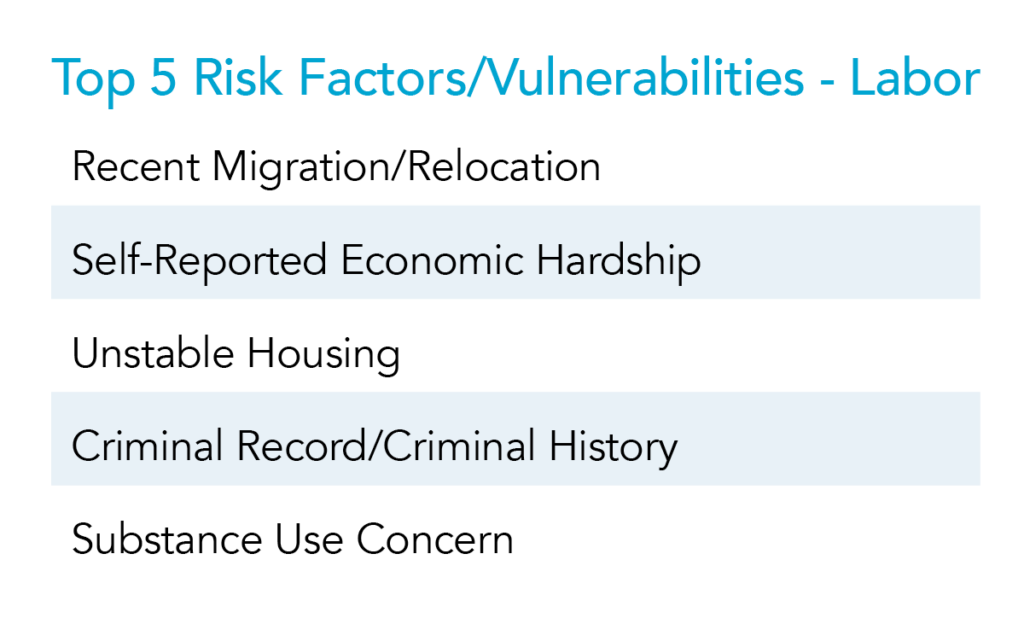
Additional Information
To find individual state statistics visit the National Human Trafficking Hotline website. For additional data and more in-depth analysis, such demographics, recruitment data, access points, and more download Polaris Analysis of 2020 Data from the National Human Trafficking Hotline.
This data should not be mistaken for the prevalence of human trafficking in North America over a given year. The data only reflects contacts with the Trafficking Hotline, which Polaris operates in cooperative agreement with the U.S. Department of Health and Human Services. The Trafficking Hotline exists first and foremost to serve victims and survivors of sex and labor trafficking. Information is gathered only to the extent that it is necessary to provide that service. Because each situation is unique, so to are the questions answered and answers recorded. It is impossible to know how many other situations of trafficking or exploitation are occurring that are never reported, nor does that Trafficking Hotline know the outcome of these situations or if they ultimately meet the legal definition of trafficking.
Polaris received $3.5 million through competitive funding through the U.S. Department of Health and Human Services, Administration for Children and Families, Grant # 90ZV0138-01- 00. The project will be financed with 77.7% of federal funds and 22.3% ($1.002 million) by non-governmental sources. The contents are those of the author(s) and do not necessarily represent the official views of, nor an endorsement, by ACF/HHS, or theU.S. Government. For more information, please visit the ACF website, Administrative and National Policy Requirements: https://www.acf.hhs.gov/administrative-and-national-policyrequirements#chapter-8”